O-ring belts are continuous belts that have a rubber O-ring attached to them. The O-ring acts as a seal between the pulley and the belt, providing a secure grip and reducing slippage. These belts are commonly used in industrial machinery, such as conveyors, printing presses, and packaging machines, as well as in the automotive industry, agricultural machinery, medical equipment, exercise equipment, and more. Read More…
Our conveyor belts are ISO 9002 and FDA certified. We can use our belts in nearly every industry, from transmission timing belts to conveyor belts for foods.
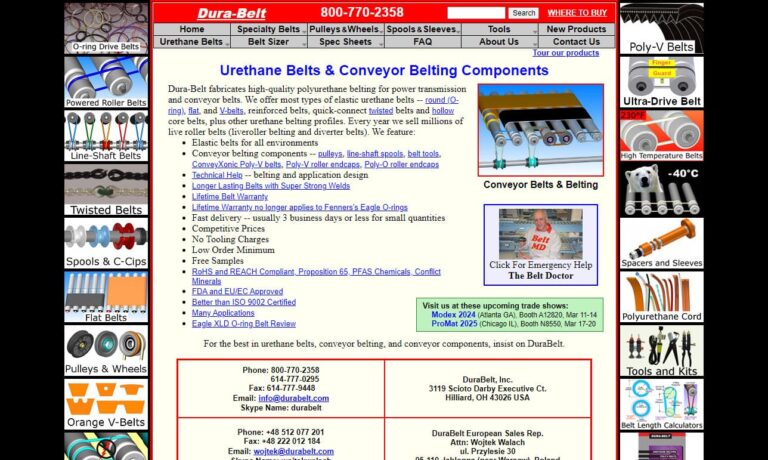
Creating conveyor belts at Fabrication Unlimited such as rubber belting, flat belts, endless belting, PVC, urethane belting, timing belts, cleated belting, specialty unscrambler belts (made-to-order), & corrugators belts, can be done with fast turn around for all fabricated belting offered. Serving food processing, agricultural, pharmaceutical, recycling, beverage and other industries.

Custom conveyor belting is fabricated by Beltservice Corporation and available through our distributors or OEMs. From this conveyor belt manufacturer, you will find agricultural, cleated, elevator, food handling, heat-resistant, heavy-duty and light-duty, incline, package-handling belting and more.

Come to Con-Belt Inc. for quality flat belts. Established in 1991, we have over twenty years of manufacturing experience and can meet your specifications and exceed your expectations. All of our products are made with pride in U.S. and are compatible and interchangeable with most major manufacturers’ conveyor equipment. Contact us today for further information about the products we offer.

More O-Ring Belt Manufacturers
Creating O-Ring Belts
To create an O-ring belt, various rubber materials can be used, such as natural rubber, neoprene, EPDM (ethylene propylene diene monomer), nitrile, and silicone rubber. The choice of material depends on the application requirements, such as resistance to heat, oil, chemicals, and abrasion. The process of creating an O-ring belt involves wrapping the belt material around the pulleys, then inserting the O-ring into a groove on the belt. The O-ring is then compressed between the belt and the pulley, creating a seal that prevents slippage.
Variations in the Design Process
There are variations in the design of O-ring belts, such as the width and thickness of the belt, the diameter of the pulley, and the shape and size of the O-ring. The selection of these design features depends on the specific application requirements. For example, thicker belts are more suitable for heavy-duty applications, while narrower belts are more suitable for smaller pulleys. Additionally, the use of different materials and O-ring shapes can provide specific benefits, such as increased durability or reduced noise.
Considerations Regarding O-Ring Belts
Despite their numerous benefits, there are some considerations when it comes to O-ring belts. One such concern is the potential for O-ring material degradation over time, which can result in belt slippage and decreased efficiency. Additionally, the production process of O-ring belts can be time-consuming and requires specialized machinery and expertise.
Benefits of O-Ring Belts
However, the benefits of O-ring belts far outweigh these considerations. The durability and low maintenance requirements of O-ring belts make them a cost-effective solution for various applications. They also have a high efficiency rate and can withstand high temperatures and harsh environmental conditions. Additionally, O-ring belts are also easy to install and replace, making them a convenient option for industrial machinery and equipment.
Applications of O-Ring Belts
As a result of these benefits, the applications of O-ring belts are vast and diverse, and include:
Automotive Industry
In the automotive industry, O-ring belts are used in various systems, such as the engine, power steering, air conditioning, and water pumps. These belts are typically made of EPDM, which provides resistance to heat, oil, and chemicals. O-ring belts are used in these applications due to their durability and ability to withstand high temperatures and harsh conditions.
Agricultural Machinery
In the agricultural industry, O-ring belts are used in tractors, harvesting equipment, and irrigation systems. These belts are typically made of neoprene, which is resistant to oil, chemicals, and abrasion. O-ring belts are used in these applications due to their ability to provide a secure grip, reduce slippage, and withstand harsh outdoor environments.
Medical Equipment
In the medical equipment industry, O-ring belts are used in X-ray machines, MRI machines, and other imaging equipment. These belts are typically made of silicone rubber, which is biocompatible and can withstand high temperatures. O-ring belts are used in these applications due to their ability to provide a secure grip and maintain accuracy during imaging procedures.
Exercise Equipment
In the exercise equipment industry, O-ring belts are used in treadmills, ellipticals, and other fitness equipment. These belts are typically made of neoprene or EPDM, which provides resistance to wear and tear. O-ring belts are used in these applications due to their durability, low maintenance requirements, and ability to provide a smooth and quiet operation.
Printing Presses
In the printing industry, O-ring belts are used in the ink delivery system of printing presses. These belts are typically made of nitrile, which provides resistance to oil and chemicals. O-ring belts are used in these applications due to their ability to provide a secure grip and prevent ink smudging.
Packaging Machinery
In the packaging industry, O-ring belts are used in filling and labeling machines. These belts are typically made of neoprene, which provides resistance to abrasion and chemicals. O-ring belts are used in these applications due to their ability to provide a secure grip and maintain accuracy during packaging procedures.
Food and Beverage Industry
In the food and beverage industry, O-ring belts are used in food processing equipment and bottling plants. These belts are typically made of materials that are FDA-approved for use in food contact applications, such as white nitrile.
Textile Industry
In the textile industry, O-ring belts are used in spinning and weaving machines. These belts are typically made of materials that are resistant to abrasion, such as neoprene.
Mining Industry
In the mining industry, O-ring belts are used in conveyor systems and heavy equipment. These belts are typically made of materials that are resistant to wear and tear, such as EPDM.
Construction Industry
In the construction industry, O-ring belts are used in concrete pumps and power trowels. These belts are typically made of materials that are resistant to chemicals and abrasion, such as neoprene or EPDM.
Choosing the Right O-Ring Belt Manufacturer
To ensure you have the most beneficial outcome when purchasing O-rings from an O-ring manufacturer, it is important to compare several companies using our directory of O-ring manufacturers. Each O-ring manufacturer has a business profile page highlighting their areas of experience and capabilities, along with a contact form to directly communicate with the manufacturer for more information or to request a quote. Review each O-ring business website using our proprietary website previewer to quickly learn what each company specializes in. Then, use our simple RFQ form to contact multiple O-ring companies with the same form.

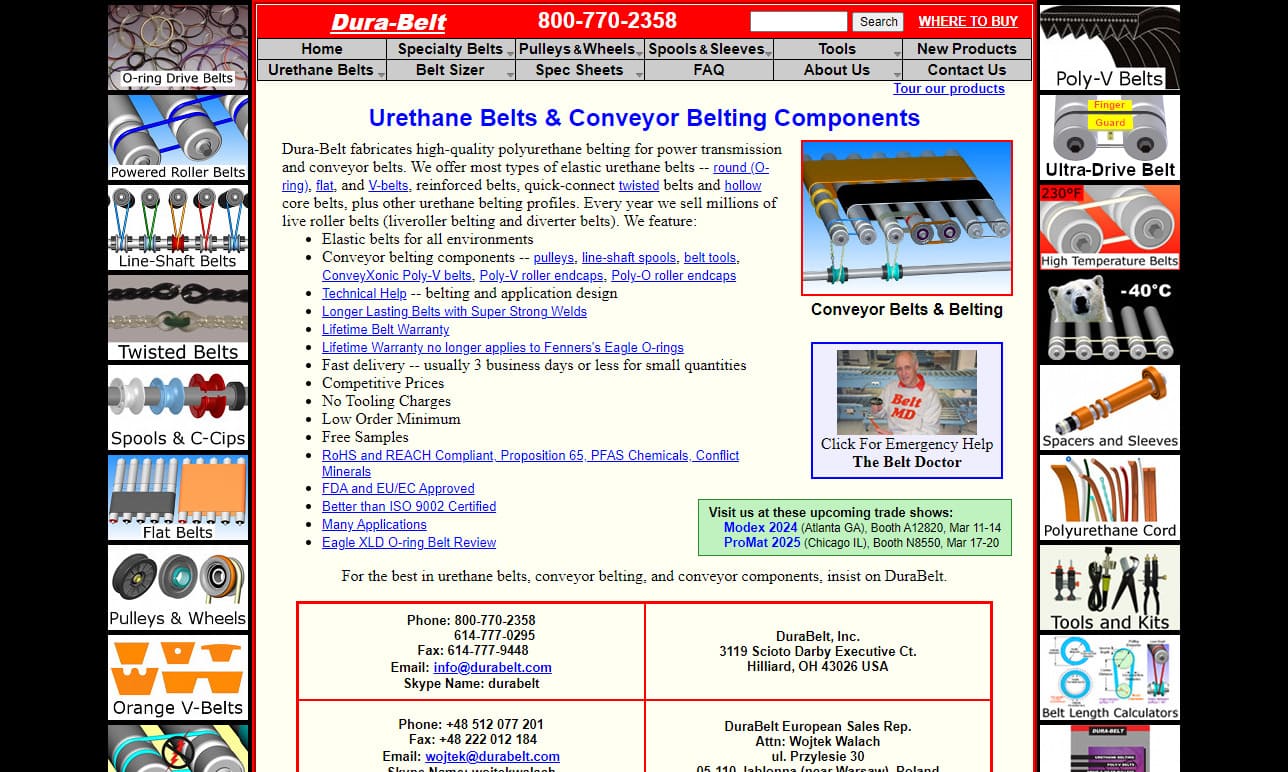




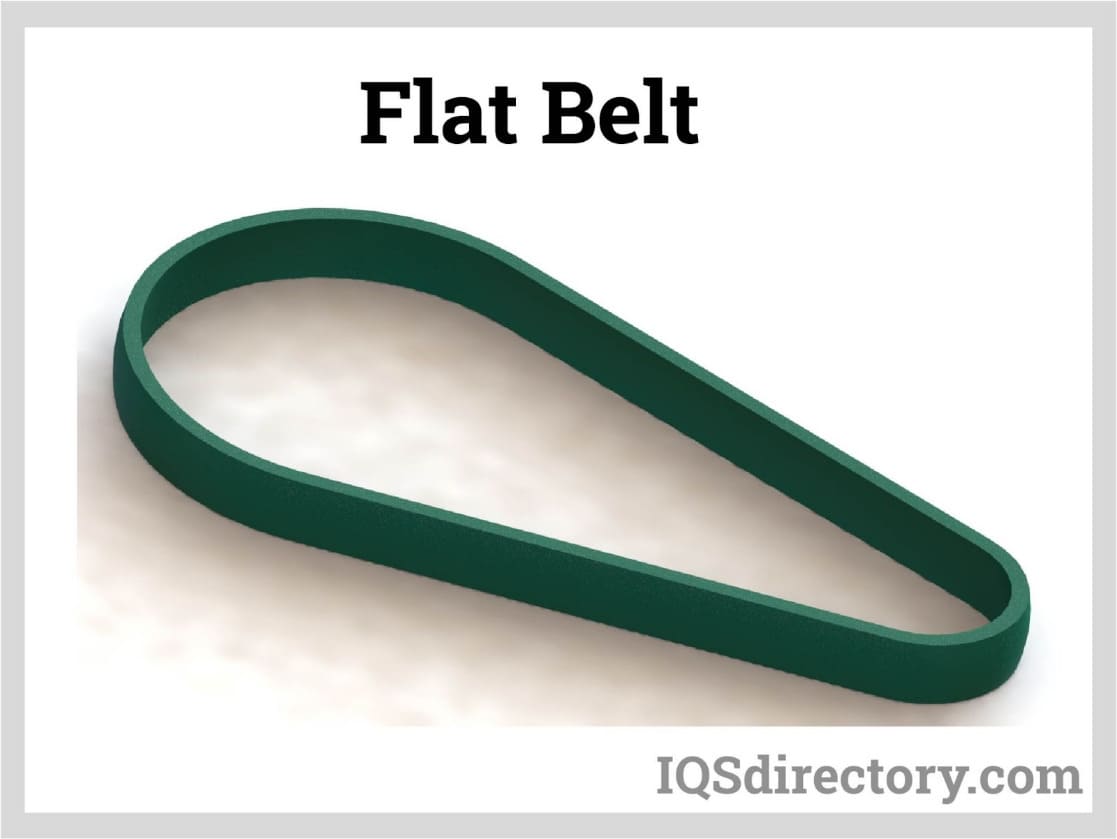
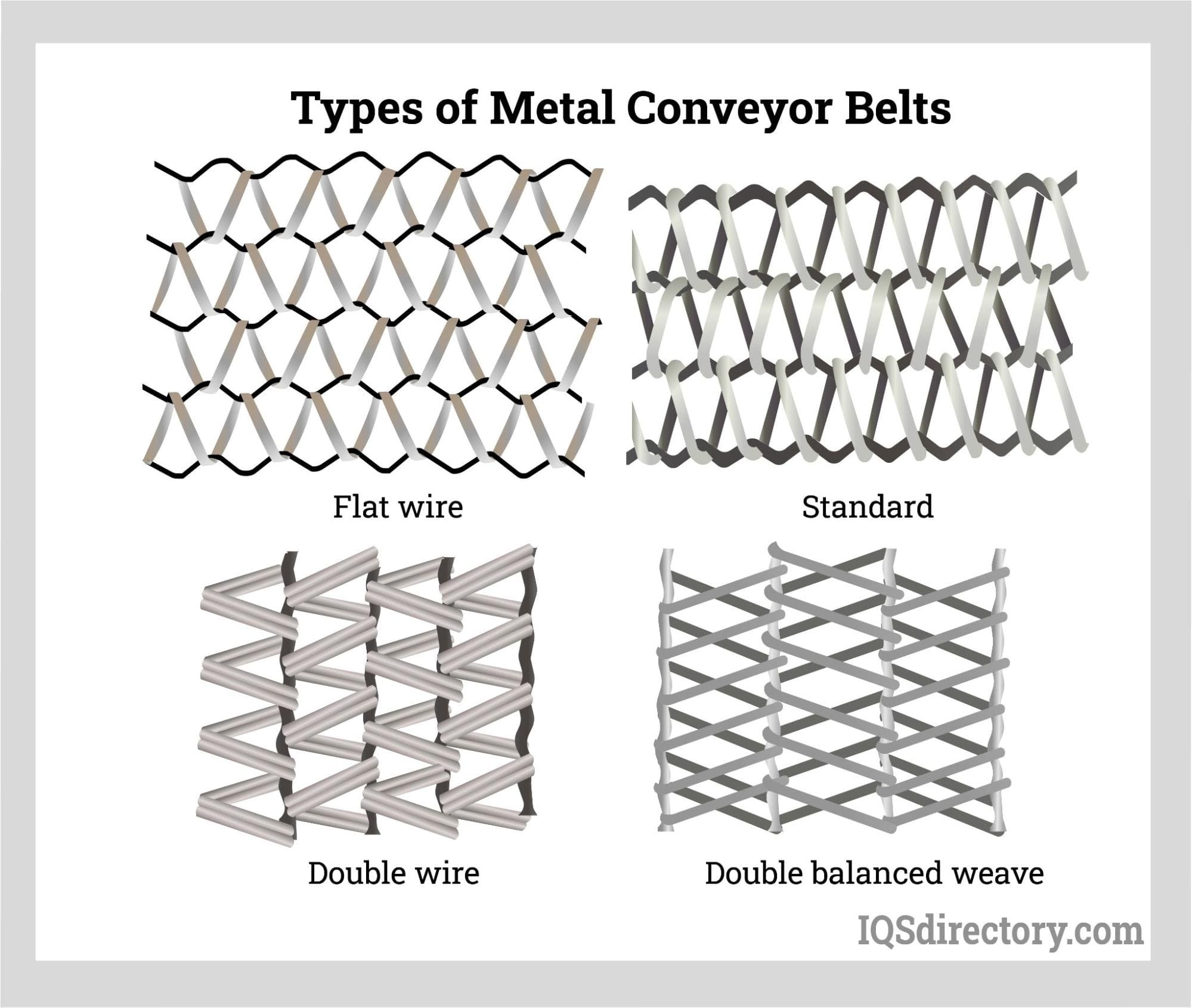
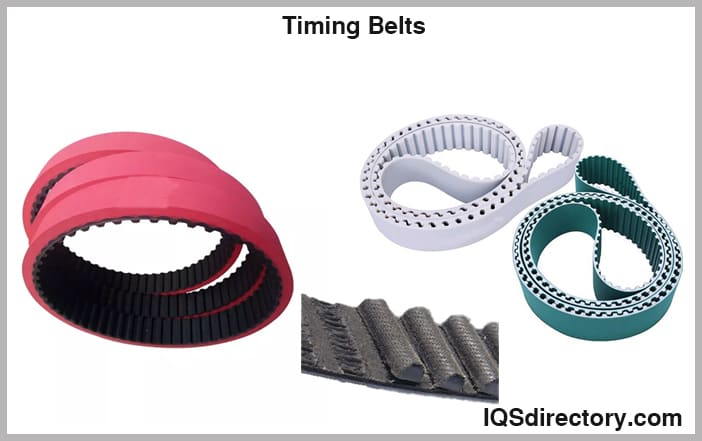
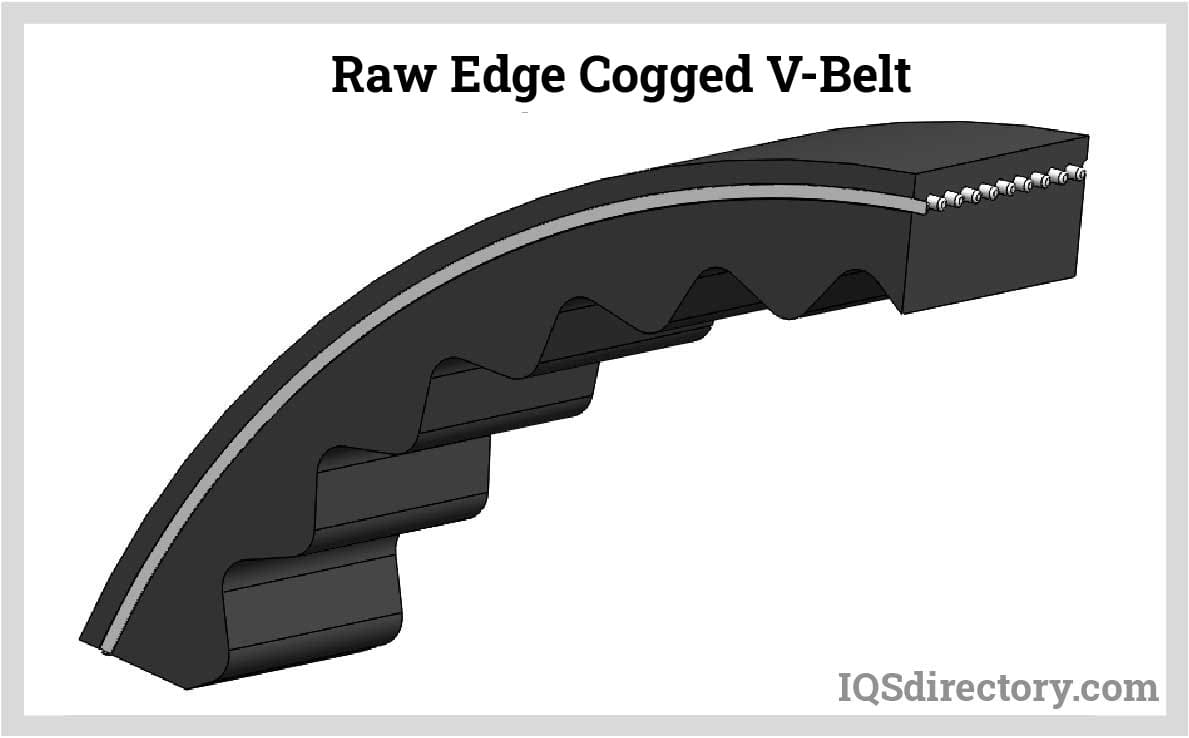
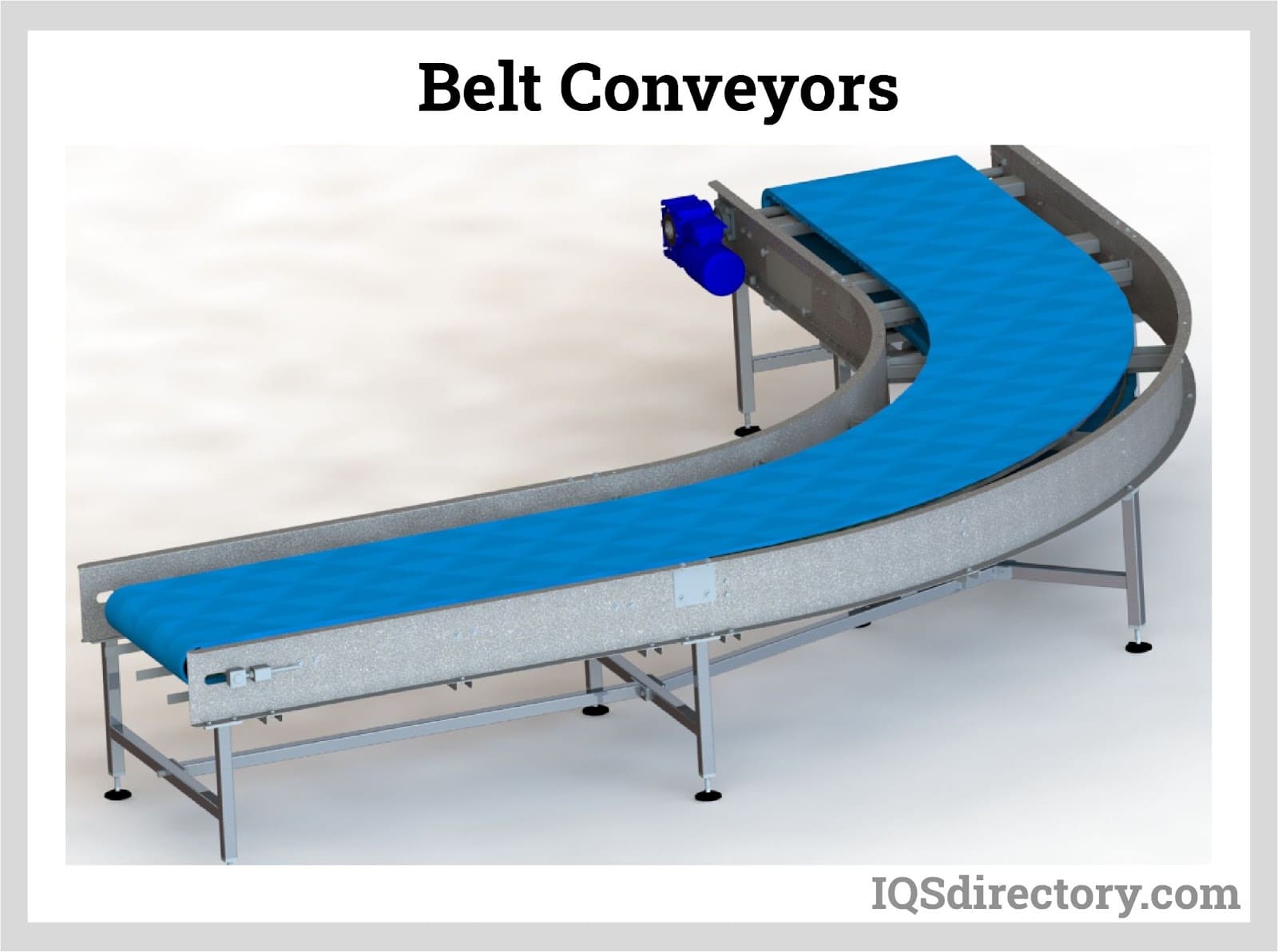

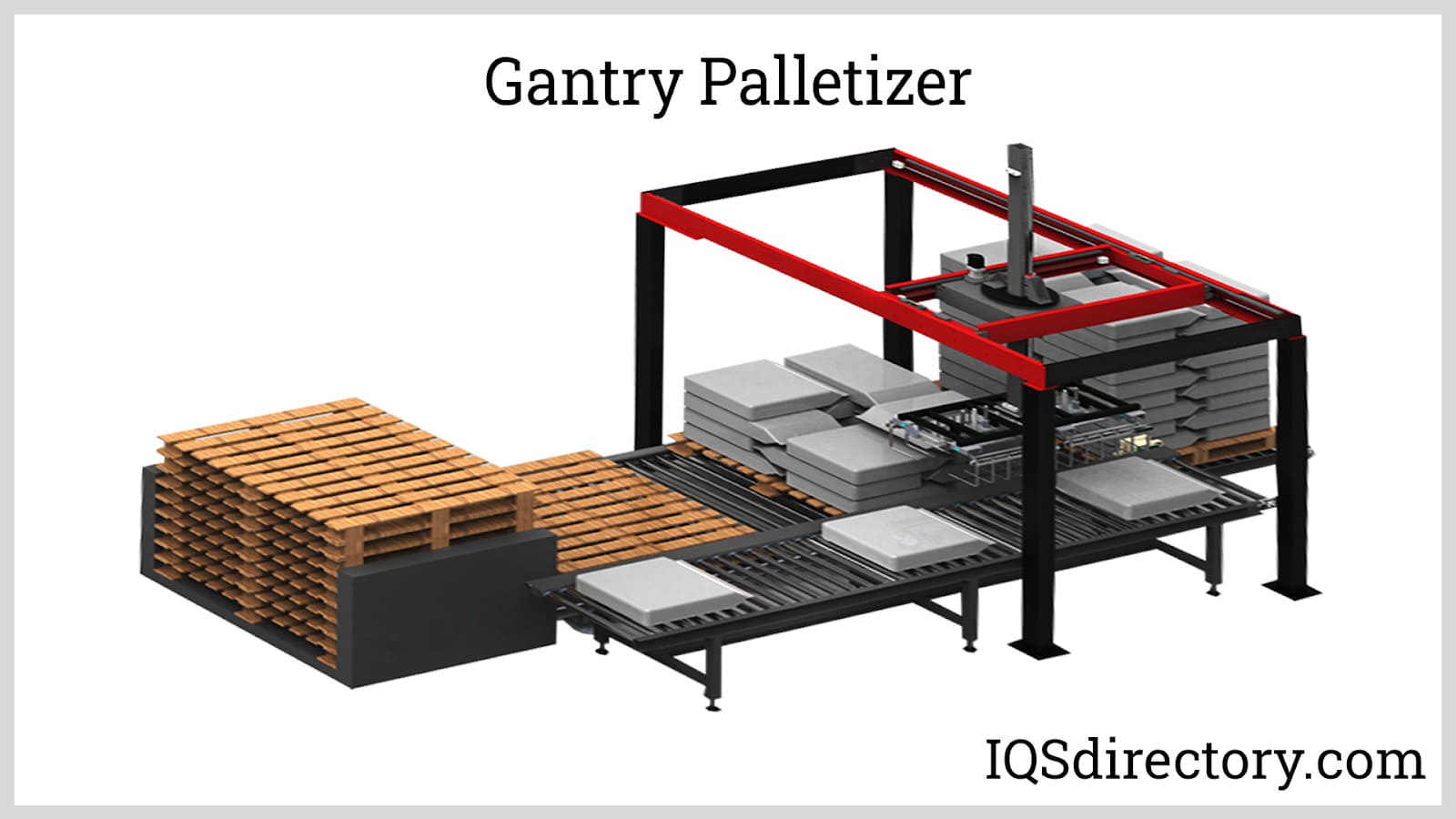
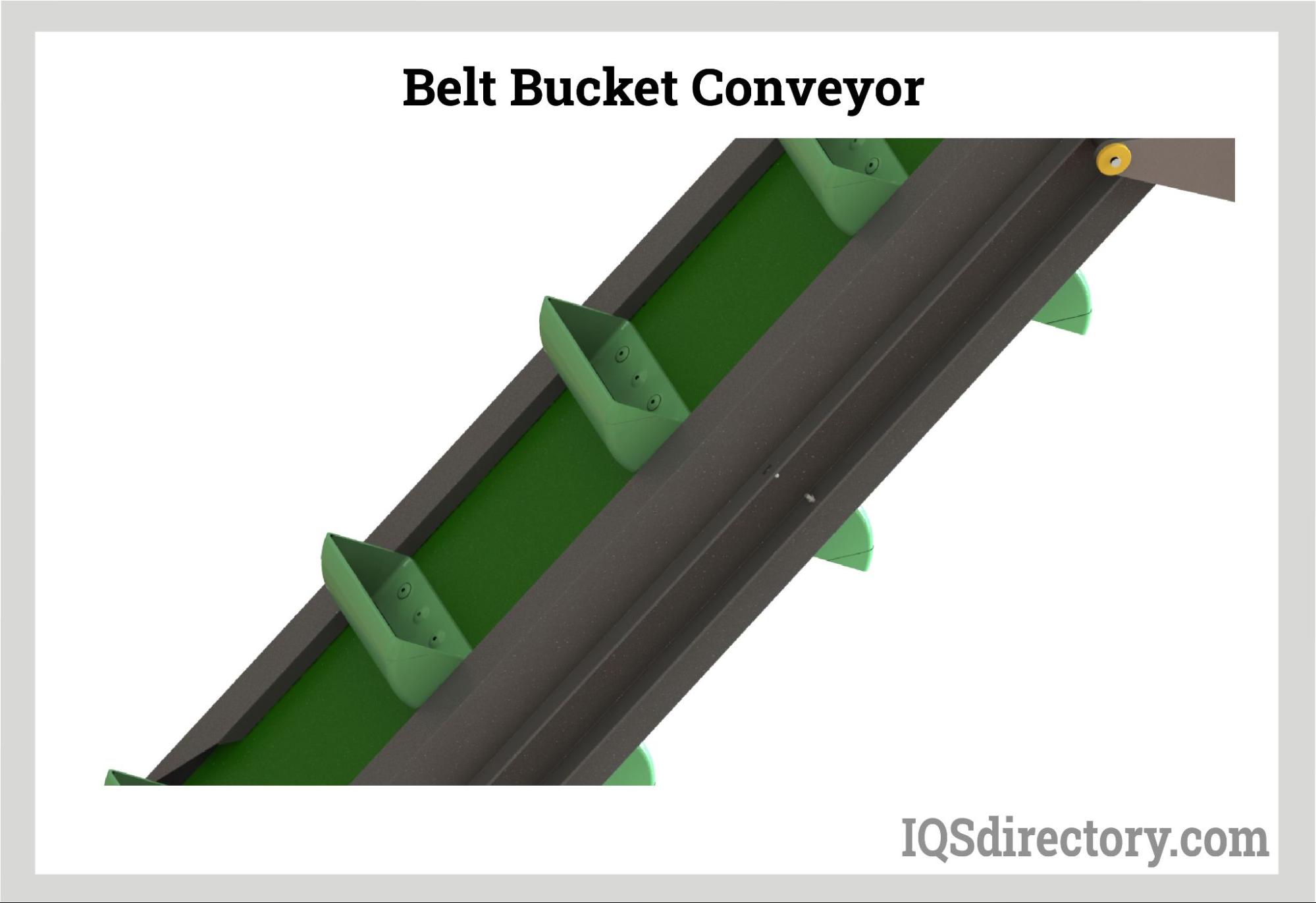
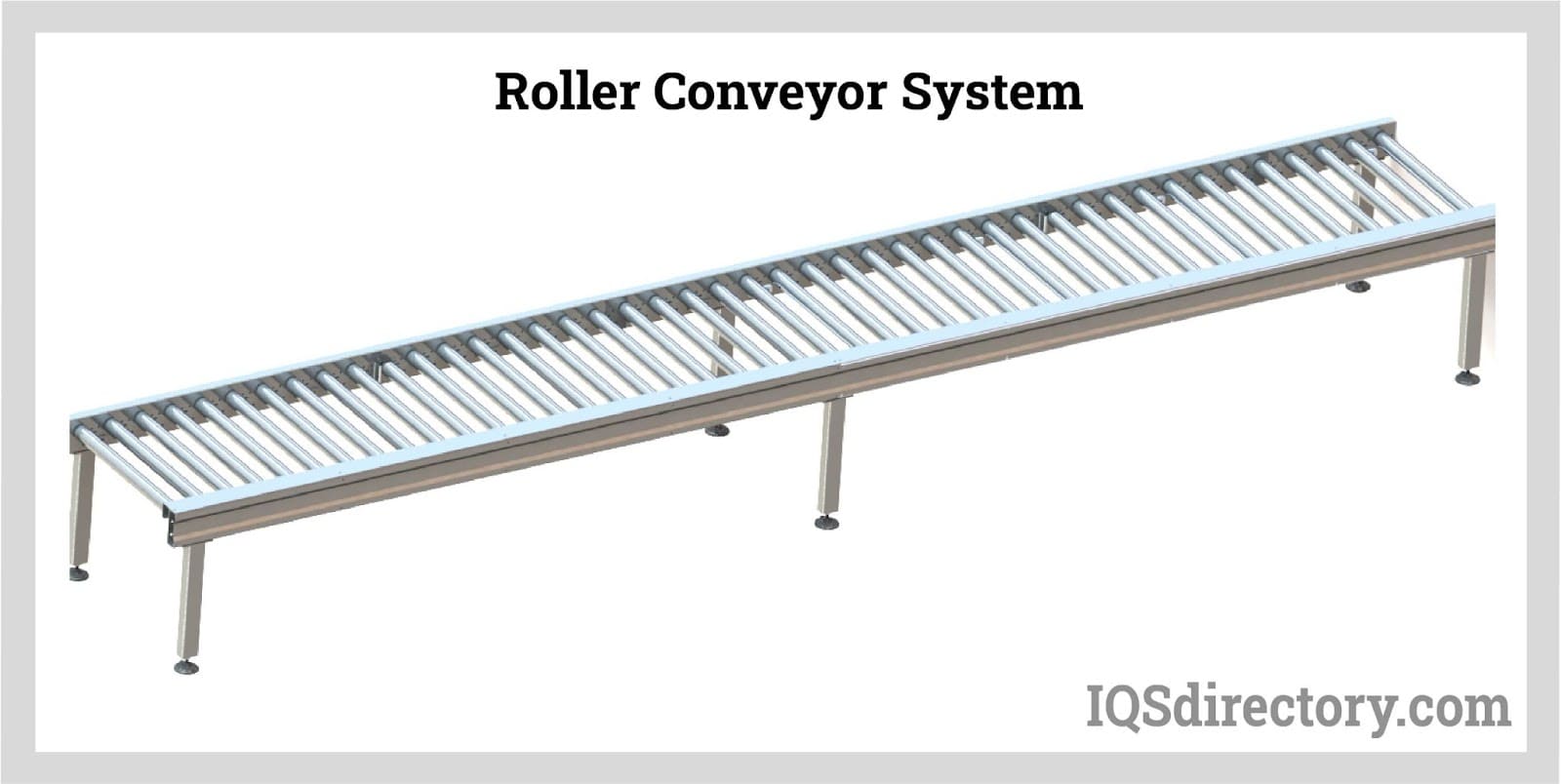

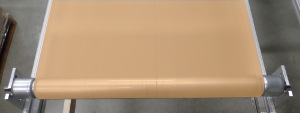 Conveyor Belting
Conveyor Belting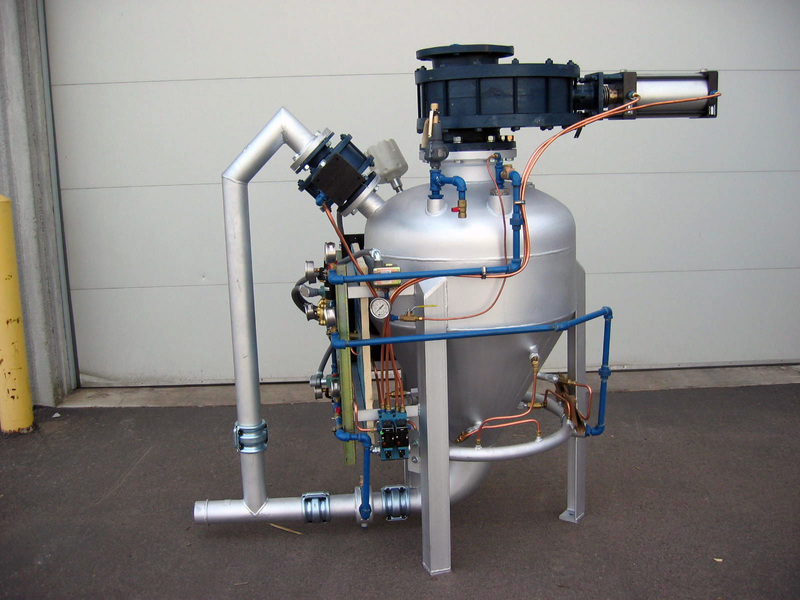 Conveyor Systems
Conveyor Systems Conveyors
Conveyors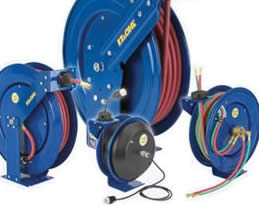 Hosereels
Hosereels Industrial Lubricants
Industrial Lubricants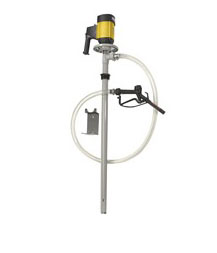 Lubricators
Lubricators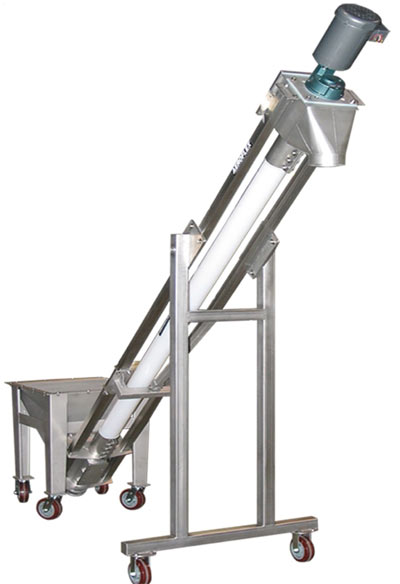 Screw Conveyors
Screw Conveyors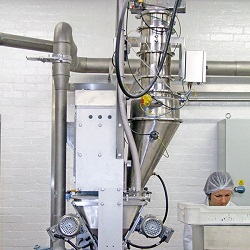 Pneumatic Conveyors
Pneumatic Conveyors AGV
AGV Air Pollution Control
Air Pollution Control Assembly Machinery
Assembly Machinery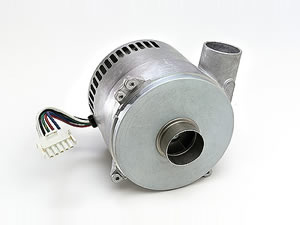 Blowers
Blowers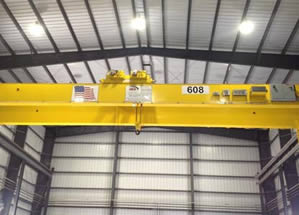 Cranes
Cranes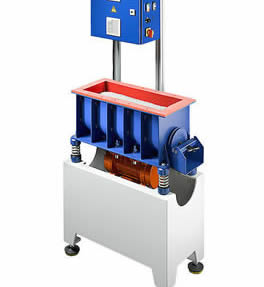 Deburring Machinery
Deburring Machinery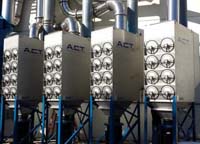 Dust Collectors
Dust Collectors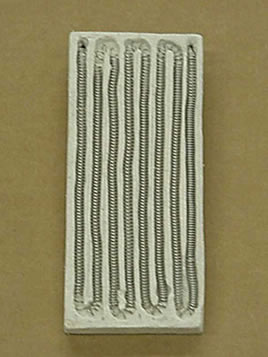 Heaters
Heaters Hose Reels
Hose Reels Mezzanines
Mezzanines Modular Buildings
Modular Buildings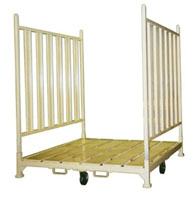 Storage Racks
Storage Racks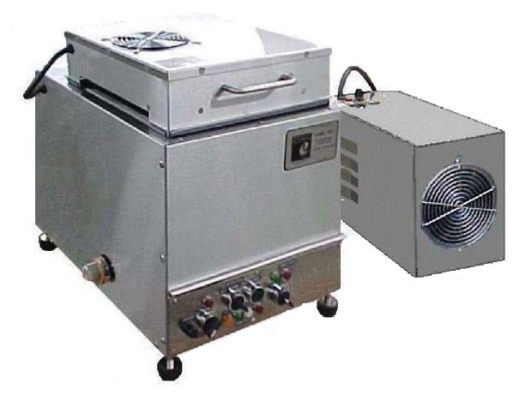 Ultrasonic Cleaners
Ultrasonic Cleaners Work Benches
Work Benches